University of California San Francisco
-
-
One in Seven Women Receiving Mammogram ‘Overdiagnosed’ With Breast Cancer
-
Alone and Lonely Are Not the Same. How To Feel Connected No Matter How Many People Are Around
-
Studies Reveal New ‘Stealth’ Omicron Variant Is 30% More Transmissible. Should California Be Worried?
-
Solving the Mystery of a Stubborn – and Common – Cancer Gene
Mark Moasser, MD, has sorted out why HER2, the protein driving 1 in 5 breast cancers, is so hard to drug. He explains how the findings correct a naive way of envisioning how HER2 is shaped and how it works.
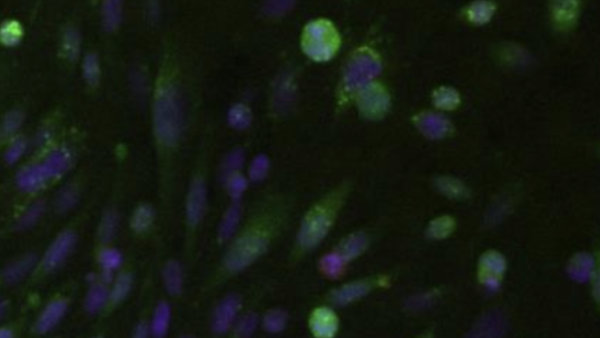
-
Claiming Abuse, Texas Tries To Prevent Gender-affirming Care for Trans Children
-
As Prescribed: Why Cardiologists Are Sounding the Alarm About Maternal Health During Black History Month
-
IUDs Tie Tubal Ligation for Pregnancy Prevention
-
Tubal Ligation No Better Than IUD at Preventing Pregnancy
When women's health researchers analyzed Medi-Cal data to see how two long-term contraceptives performed in the real world, they were surprised to find IUDs work at least as well as tubal ligation, while causing fewer side effects.
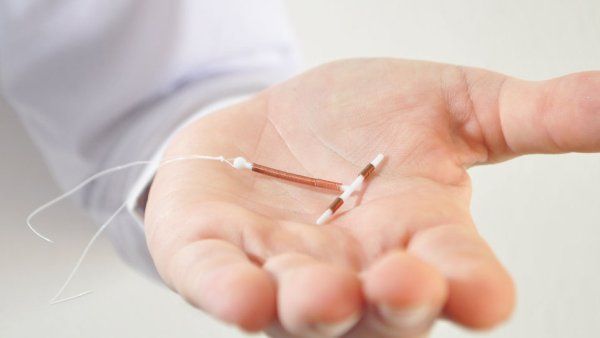
-
Some Majority Black and Latino Bay Area Neighborhoods Have More Lead Contamination Than Flint, Michigan
-
‘I’ve Seen a Lot of Death, and It’s Made Me Hungry for Life’: Chaplains Have Been at the Center of Grief and Misery During the Pandemic
-
UCSF Doctor Who Reviewed CA’s ‘Endemic’ Plan Highlights Top Priorities
-
Here’s How To Decide if You’re Safe To Go Out When You’re Recovering From Omicron
-
From Haircuts to High Blood Pressure Management
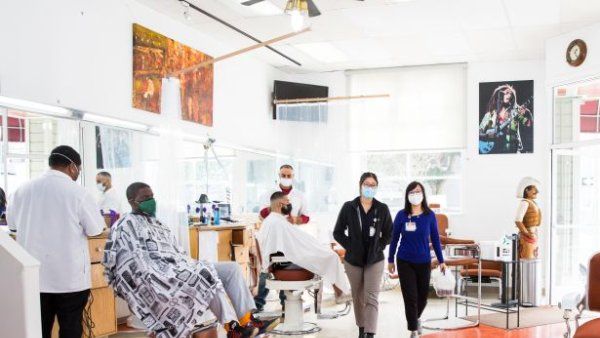
-
Brainpower May Take A Beating Following Concussion
Concussion may have a long-term impact on cognition, a new UCSF-led study finds. Fourteen percent of patients had "poor cognitive outcome" one year post injury, with car collisions being the leading cause of concussion.
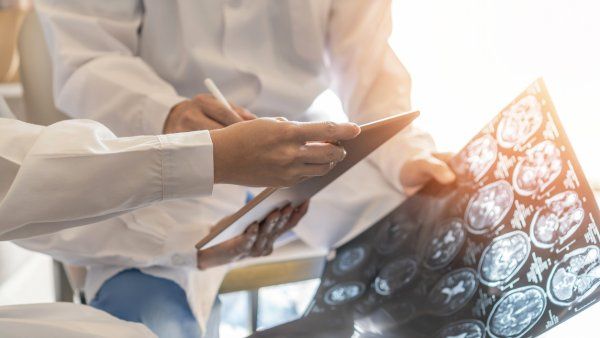
-
Global Strategy on Schistosomiasis Gets a Reboot, Based on Research by UCSF Physician
In medical school, Nathan Lo thought we could do more to help the 750 million people around the world with or at risk of getting schistosomiasis. This week, he helped World Health Organization rewrite guidelines to treat everyone in affected communities.
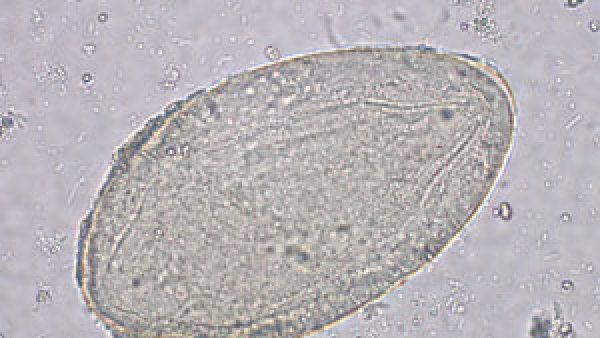
-
UCSF Is Top Public Recipient of NIH Funding for 15th Year
For the 15th year in a row, UCSF garnered the top spot among public institutions in funding from the National Institutes of Health (NIH) in 2021. UCSF continued to rank highly among all public and private institutions nationwide, ranking fourth overall.
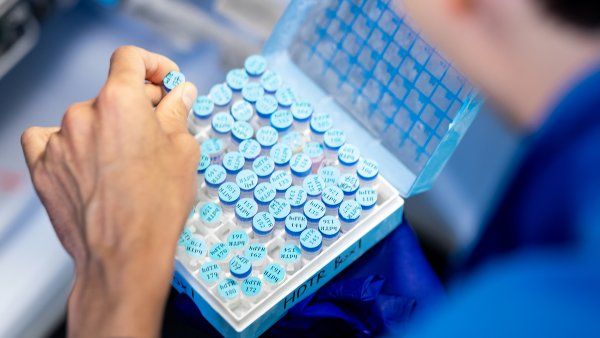
-
UCSF Gene Therapy for Deadly Mutation Fast-Tracked for FDA Review
A new fast-track review for UCSF gene therapy could help more kids with deadly Artemis-SCID disease get life-saving treatment sooner.
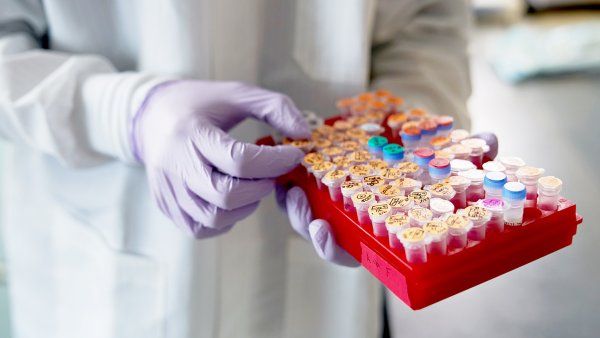
-
The Greatest Danger of COVID During Pregnancy Is Not to Baby but to Mom
-
UCSF Expert Discusses Mask Mandate, Timeline on COVID-19 Endemic
-
Immune Cells Leave Fingerprints on Tumors Metastasized to the Brain, Offering Clues to Future Therapies
Using data from over 100,000 malignant and non-malignant cells from 15 human brain metastases, UCSF researchers have revealed two functional archetypes of metastatic cells across 7 different types of brain tumors, each containing both immune and non-immune cell types.
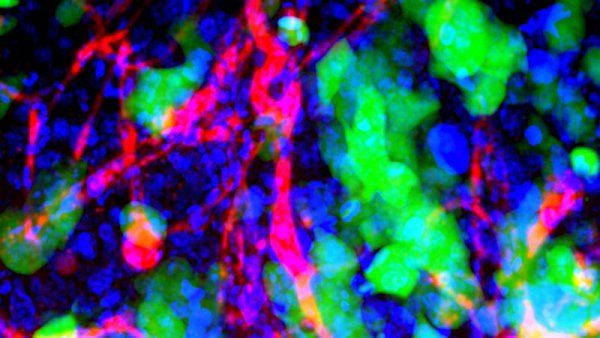
-
Drug-resistant Malaria Is Emerging in Africa. Doctors Are Worried – Yet Hopeful
-
Group Formed During Pandemic Focuses on Racial Disparities in Healthcare
-
‘I Felt As If I Failed’: Why Do Some People Feel Shame at Getting COVID?
-
UCSF Developing Tool To Identify Students Who Could Be Dyslexic in Kindergarten, First Grade
-
UCSF Dyslexia Researchers Develop Tool to Flag Early Reading Challenges
UCSF researchers have developed a digital tool to flag early reading challenges that may lead to dyslexia, and it could be in widespread use in California public schools by 2023. Governor Gavin Newsom is proposing $10 million in the state budget for the project.
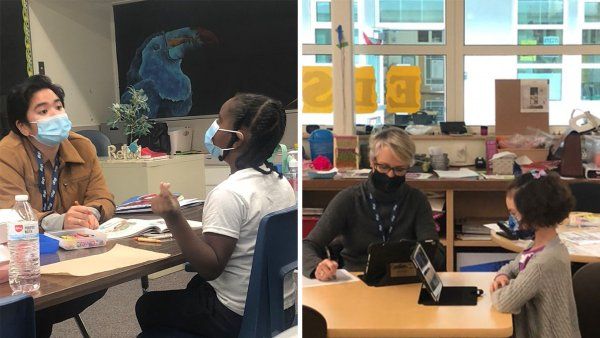
-
Drug Offers New Hope to Select Patients with ALS, UCSF-CPMC Study Shows
A UCSF-led study found a new drug for ALS that shows to slow or temporarily stall the progression of ALS in a select group of patients, with three times as many patients' disease slowing compared to those who received a placebo.
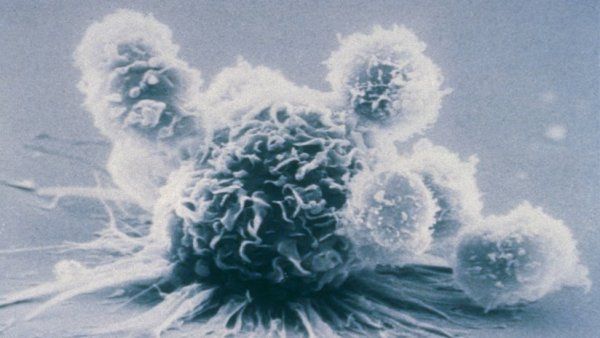
-
UCSF Office of Legal Counsel Hires Two Senior Attorneys for Campus, Health Priorities
The UCSF Office of Legal Counsel is announcing the appointment of two senior attorneys to its staff to support both Campus and Health priorities. Anagha Dandekar Clifford will join as the new deputy campus counsel and chief advisor for UCSF Resiliency Strategy in late February, and Ben Durie will join as a senior counsel for Healthcare Transactions and Strategy on February 1st.
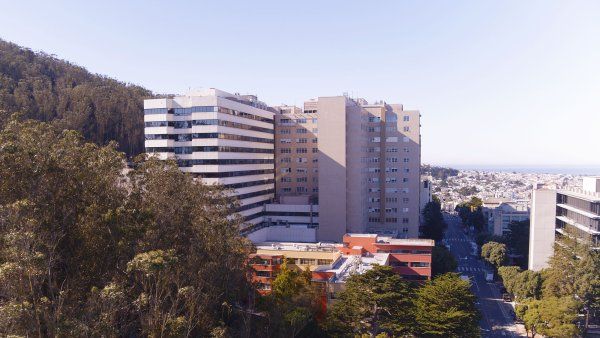
-
Experts Explain What’s Making BA.2 Omicron Subvariant More Contagious Than the Original
-
San Francisco Recommends 3rd Shot of Johnson & Johnson COVID-19 Vaccine
